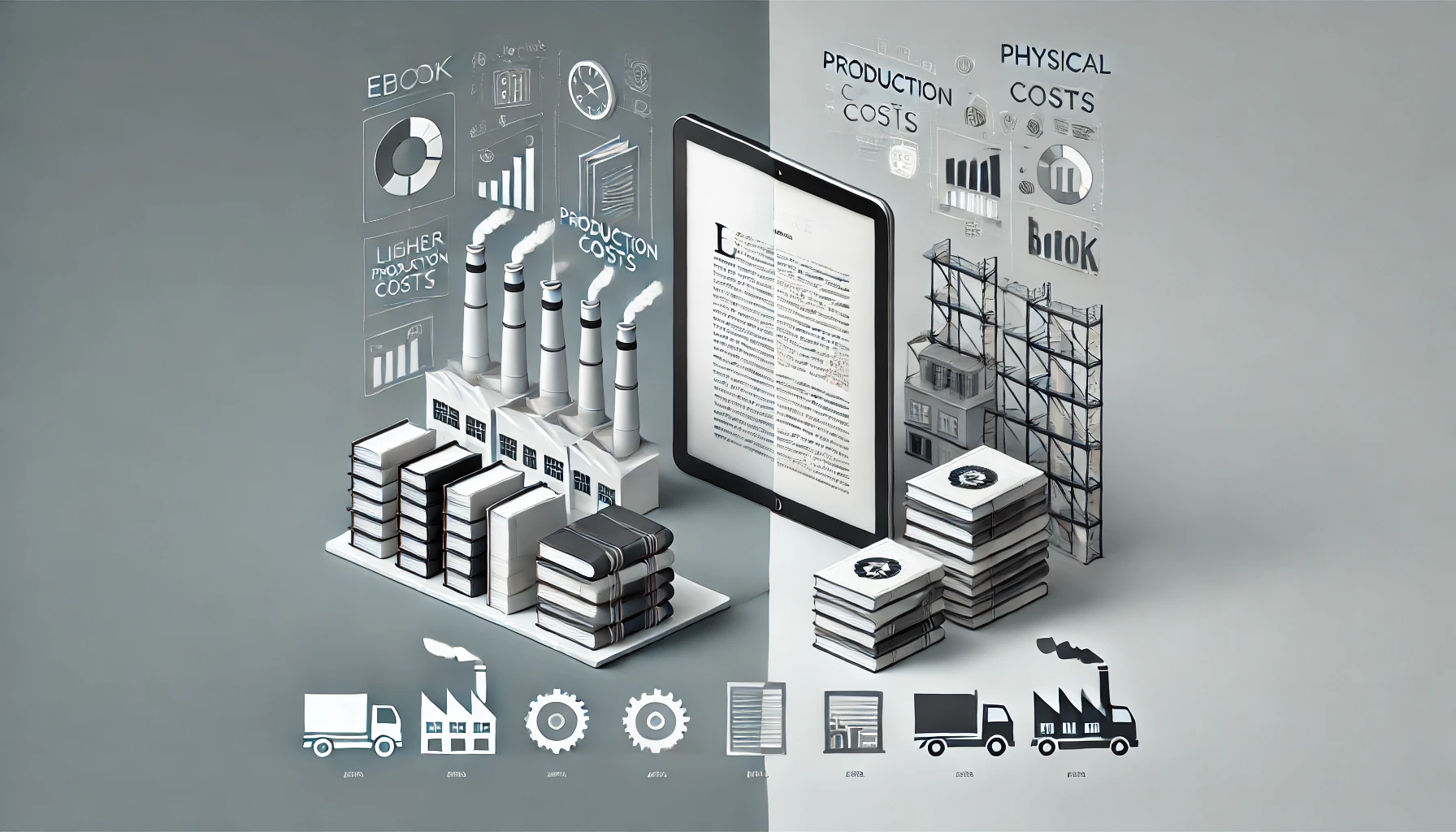
The debate between physical books and ebooks has been ongoing since the advent of digital reading. Both formats offer unique benefits and drawbacks, and choosing between the two is a matter of personal preference and specific needs. This article explores various aspects, including pricing, production costs, availability, convenience, environmental impact, and user experience, to determine which format might be better in the real world.


The choice between ebooks and physical books depends on individual preferences and specific circumstances. Ebooks excel in cost, convenience, and accessibility, making them ideal for tech-savvy readers, frequent travelers, and those looking to save space and money. On the other hand, physical books offer a tactile, sensory experience that many readers cherish, along with the benefits of collectability and independence from electronic devices.
For avid readers and book lovers, the best approach might be to enjoy the benefits of both formats. Ebooks can provide convenience and affordability, while physical books offer a tangible, lasting connection to literature. Ultimately, the decision comes down to personal preference and lifestyle, with both formats offering unique advantages that can enhance the reading experience in different ways.
